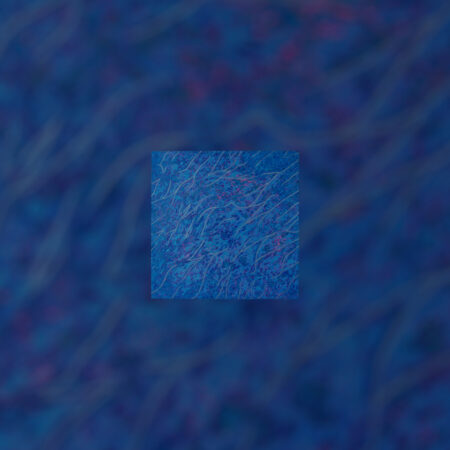This work utilizes the "choshitsu" technique, the most time and effort-consuming oriental lacquer technique since ancient times, in which dozens of color coatings are applied over a bare surface, which is then precisely carved. It was originally a Chinese technique, developed in Japan in the Kamakura period (1185-1333) as karamono
lacquerware. It was much valued as a kind of Buddhist ritual utensil and tea ceremony tool.
In Japan, May is the season when the greenery is bursting with life.
The work reveals a geometric pattern of diamond shapes created by painting on carved lacquer over 50 times. It is undoubtedly a time-consuming process requiring advanced skills. The milky white urushi lacquer is gradually mixed with green ones, then with clear ones for the creation of a transparent glossy tone. The gradation created by the color layers and the depth of carving visualizes the refreshing image of the greenish season with the natural botanical
fragrance.
Art
木々の新芽が芽吹く新緑の季節を表現
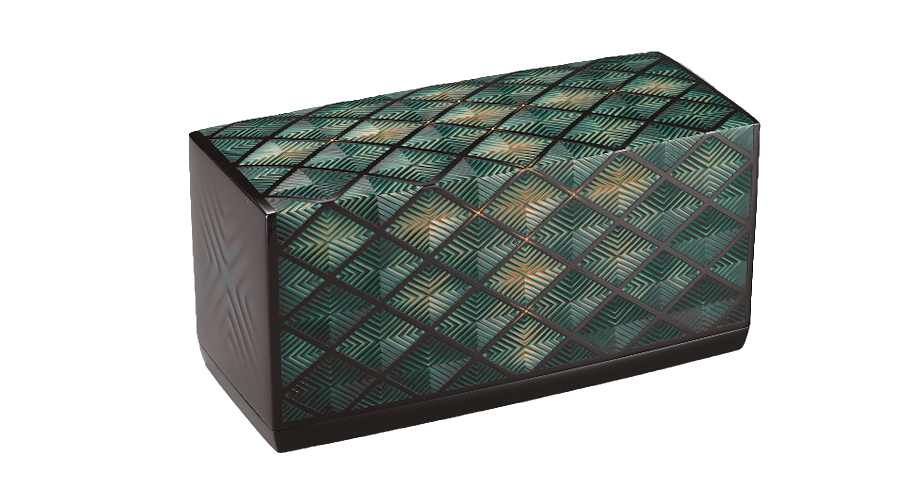
Artist
Works on cultural property rescue both domestically and internationally.
Tatsuya Matsumoto
松本 達弥
A lacquerware artist specializing in carved lacquer.
He trained under Kodo Otomaru (1898–1997), a native of Kagawa Prefecture who was nationally designated as a Holder of Important Intangible Cultural Property (so-called Living National Treasure) due to his achievement in carved lacquer.
He expresses the original design/pattern expressions of carved lacquer as the beauty of form instead of the beauty of use. Rescuing Japanese cultural assets inside and outside Japan, he has been restoring lacquerware valued as cultural assets. He has created a number of works featuring a wide range of designs including realistic expression such as botanical designs, abstract expression using geometric patterns, and expression using saihi designs (guri (curvilinear patterns) carved on layered urushi lacquer coatings of different colors).
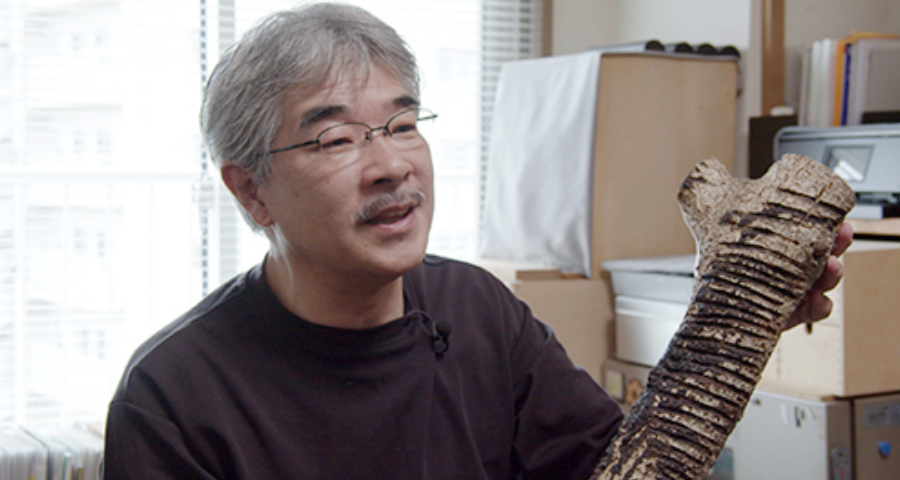
Art Style
Crafting for millennia to come.
Lacquer Art
Lacquer art refers to the techniques for creating works by coating objects with natural lacquer and then drawing designs/patterns on the surface. A drop of sap from the lacquer tree is the basic material of lacquerware. Lacquer trees, which grow only in Southeast Asia, provide a wonderful coating agent. As lacquer creates a decay-free film and repels water when it solidifies, it has been used for daily life tools since ancient times. Leveraging the characteristics of lacquer for exquisitely decorating items with gold, silver, and seashells, red lacquer and black lacquer have been used for musical instruments and boxes for storing important documents and clothing, as well as the helmets, armors, and weapons of samurai warriors. Today, splendid lacquerware works are being created including tea ceremony tools (e.g., tea containers called natsume, incense burners) and decorative boxes, in addition to bowls, trays and other daily life items. With 500 years of history, Japanese lacquerware can be found around the world.
Creating unique works, Tatsuya Matsumoto has been pursuing expressions using saihi.
Saihi is one type of guri designs that were crafted in China during the era of the Song dynasty. Saihi works are often created by layering multiple coatings of yellow, red, or other colored lacquer alternately and then applying a final coating of black or dark brown lacquer. The designs feature abstract curvilinear patterns. Introduced to Japan around the 13th or 14th century as Chinese lacquerware, about a dozen lacquerware with saihi designs from that time remain in Japan. They are extremely precious as hardly any saihi lacquerware from back then remain in China. The refined arrangement of the curvilinear patterns and the delicate and accurate carving techniques of those works make it absolutely hard to believe that the techniques are about 1,000 years old.
Matsumoto continues to create vigorously while hoping that his works will still be catching people’s eyes and used by them thousands of years from now.
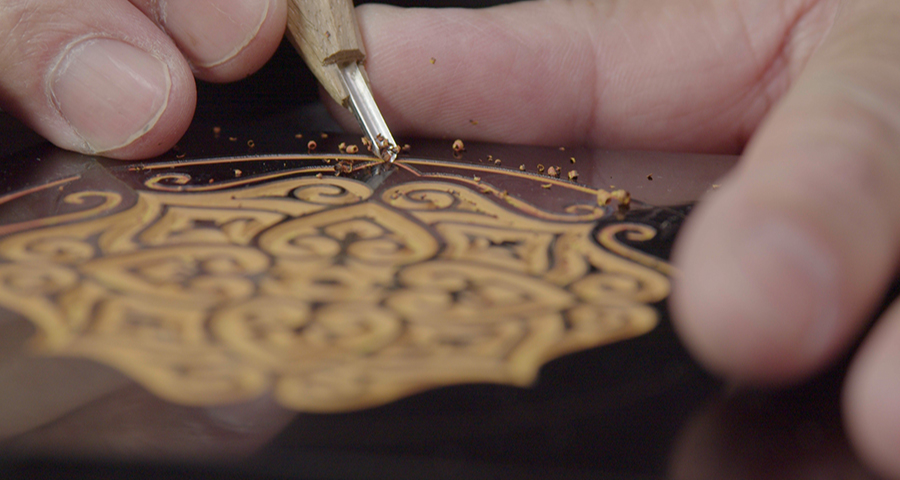
Roots
Carving reveals patterns in vibrant layers.
One of the lacquerware decoration techniques, carved lacquer is said to have originated in China about 1,200 years ago during the era of the Tang dynasty. It was introduced to Japan by Zen Buddhist monks. Those made solely of layered red lacquer coatings are called tsushu and those made solely of layered black lacquer coatings are called tsuikoku. With the development of pigments, a variety of colored lacquer is used in carved lacquer today.
Starting out by envisioning the completed work, a thick layer of lacquer is created by layering coatings of black, red, yellow, green, or other colored lacquer a few dozen times, sometimes more than 100 times. This multiple-colored layer of lacquer coatings is carved to create three-dimensional patterns/designs. By carving down the surface to the desired color layer, the buried lacquer color is revealed and artistic pictorial patterns are created. As the layer of multiple lacquer coatings is thick, three-dimensional, voluminous patterns and designs are carved out. The surface has a smooth gloss appearance unique to lacquer.
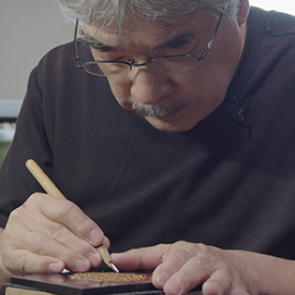
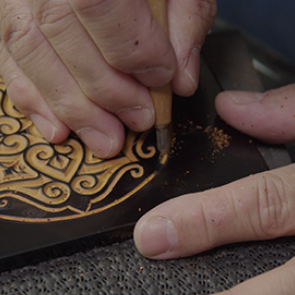
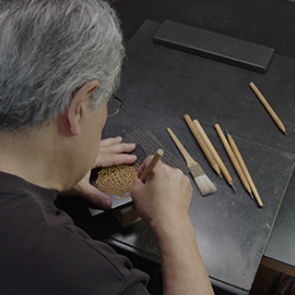
特集記事一覧
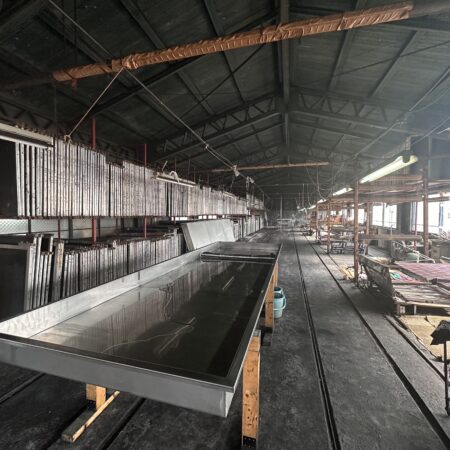
Connecting People and Tradition through Dyeing

Exploring the Charms of Miyazu City, Kyoto Prefecture

A Hidden Gem of Otsuki City: Experience Guide to Enjoy with Mount Fuji

A Heartwarming Journey through a Treasure Trove of Nature and History

Experiencing History and Inherited Memories in Asuka Village

Discover! The Charm of Miki City
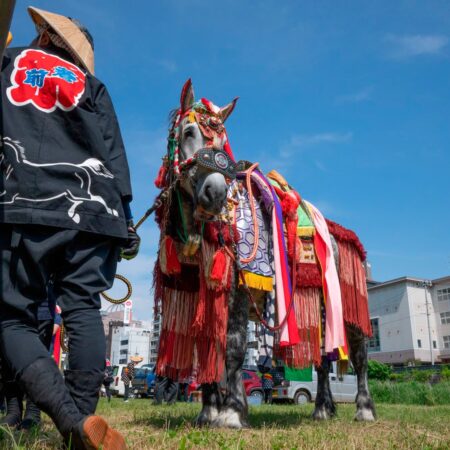
The Enchanting City of Morioka

Discovered! Exciting in Tokushima and Naruto City


